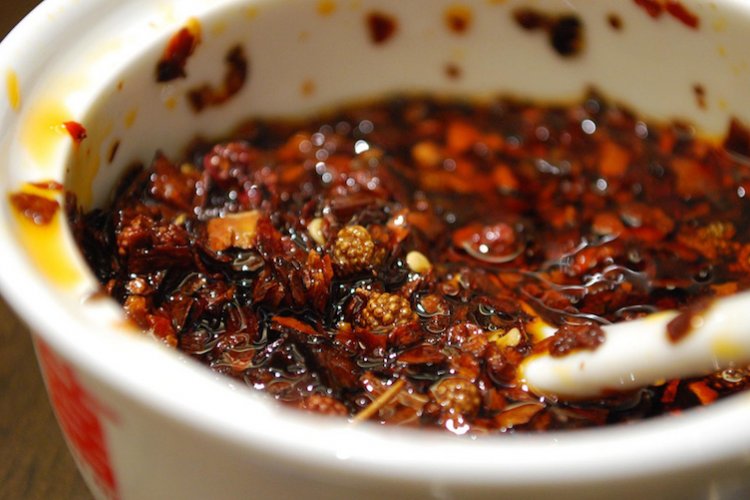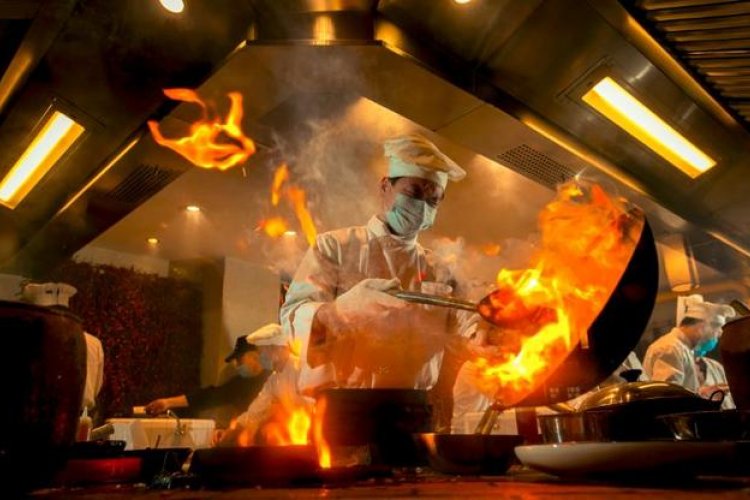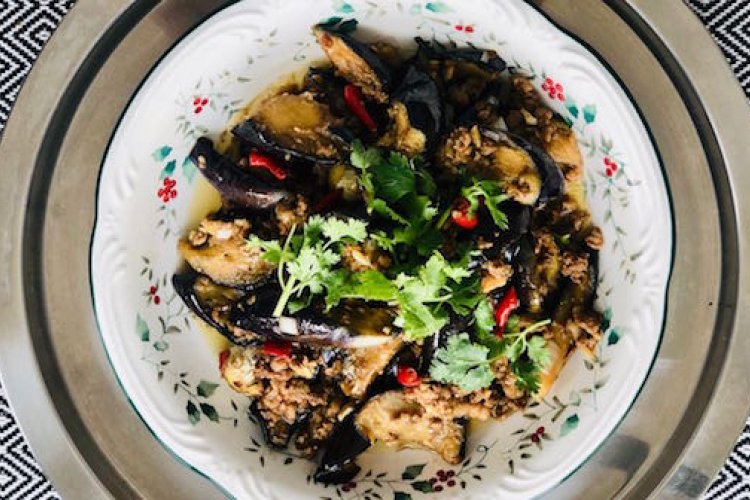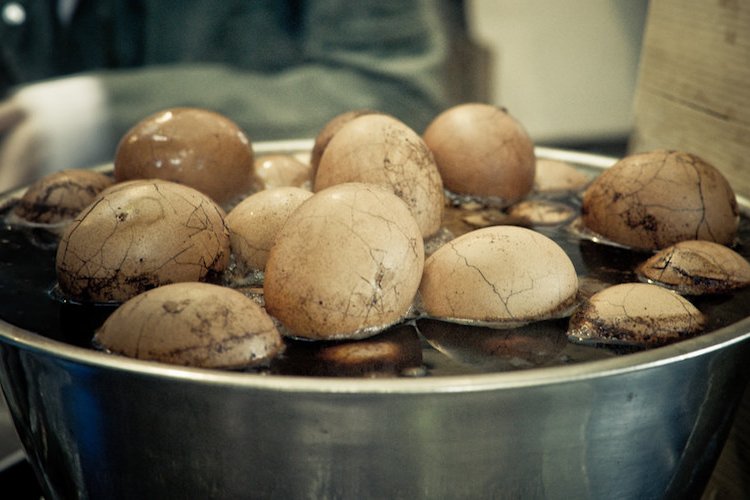Comfort Food Outside of Your Comfort Zone, and a “Recipe” for Congee
It’s funny how breakfast is often the meal that offers the most comforting taste of home. When I first moved to China, I abandoned western food at lunch and dinner without a second thought, driven by an insatiable curiosity for Chinese cuisine (and a shoestring budget that frequently necessitated meals of RMB 12 gaifan). Yet through the bowls of lamian and portions of stir-fried eggs and tomatoes, I stuck doggedly to the breakfasts of my British youth, forking out bundles of my hard-earned pink notes for imported muesli and skimmed milk. Until that is, I discovered I liked congee.
Call it juk (Cantonese), call it zhou (Mandarin), call it bubur (Indonesia), okayu (Japan) or cháo (Vietnam), many Asian cuisines have a version of this thin rice porridge, most often eaten for breakfast or late supper. Of course, I had eaten congee with dim sum in Hong Kong but the first time it struck me as a first-class breakfast was a frigid November morning on the way to a meeting in Wudaokou. Arriving early, I slipped into a 24-hour branch of congee chain Jiahe Yipin. Maybe it was the cold, maybe it was my impressionable pre-7am mind, but something about that steaming bowl of pork, preserved egg, and gloopy rice really stuck with me.
Of course, congee’s simplicity and easily digestible texture also mean that it is frequently served to the ill and infirm. I spend the majority of my life alternatively thinking about, writing about, and eating food, a fact that hasn’t escaped my digestive system, which protests my gastronomic excesses with both frequency and intensity. On these occasions, I have stopped reaching for dry toast and crackers, and instead nurse a bowl of plain congee (ideally made with homemade chicken stock for that essential “chicken soup for the soul” factor). It’s no coincidence that the “R” in the popular BRAT method of treating upset stomachs stands for rice (BRAT stands for bananas, rice, apple sauce, and toast).
The simplest, most basic congee barely requires a recipe – simply simmering cooked or uncooked rice in an ample quantity of water or stock until it breaks down won’t take you far wrong – but if I’m making congee from scratch I tend to follow Fuchsia Dunlop’s method from her superlative cookbook Every Grain of Rice.
This method requires you to first “marinate” 150 grams of fragrant rice in 1/2 teaspoon of salt and 2 teaspoons of oil (I like to use a light blended vegetable oil that also contains sesame oil, available from all big supermarkets). After 30 minutes, you rinse the rice then set it to simmer in around 2 liters of water or stock for around an hour and a half until the grains of rice have burst open and melted into the water.
For the perfect breakfast, top the congee with a poached egg (if you're making an individual portion of congee you can poach the egg directly in it once it's come to the boil) and a sprinkle of chopped cilantro and scallions, and ignore the box of granola staring at you from the kitchen counter.
More stories by this author here.
Instagram: @gongbaobeijing
Twitter: @gongbaobeijing
Weibo: @宫保北京
Photo: Wikimedia commons







